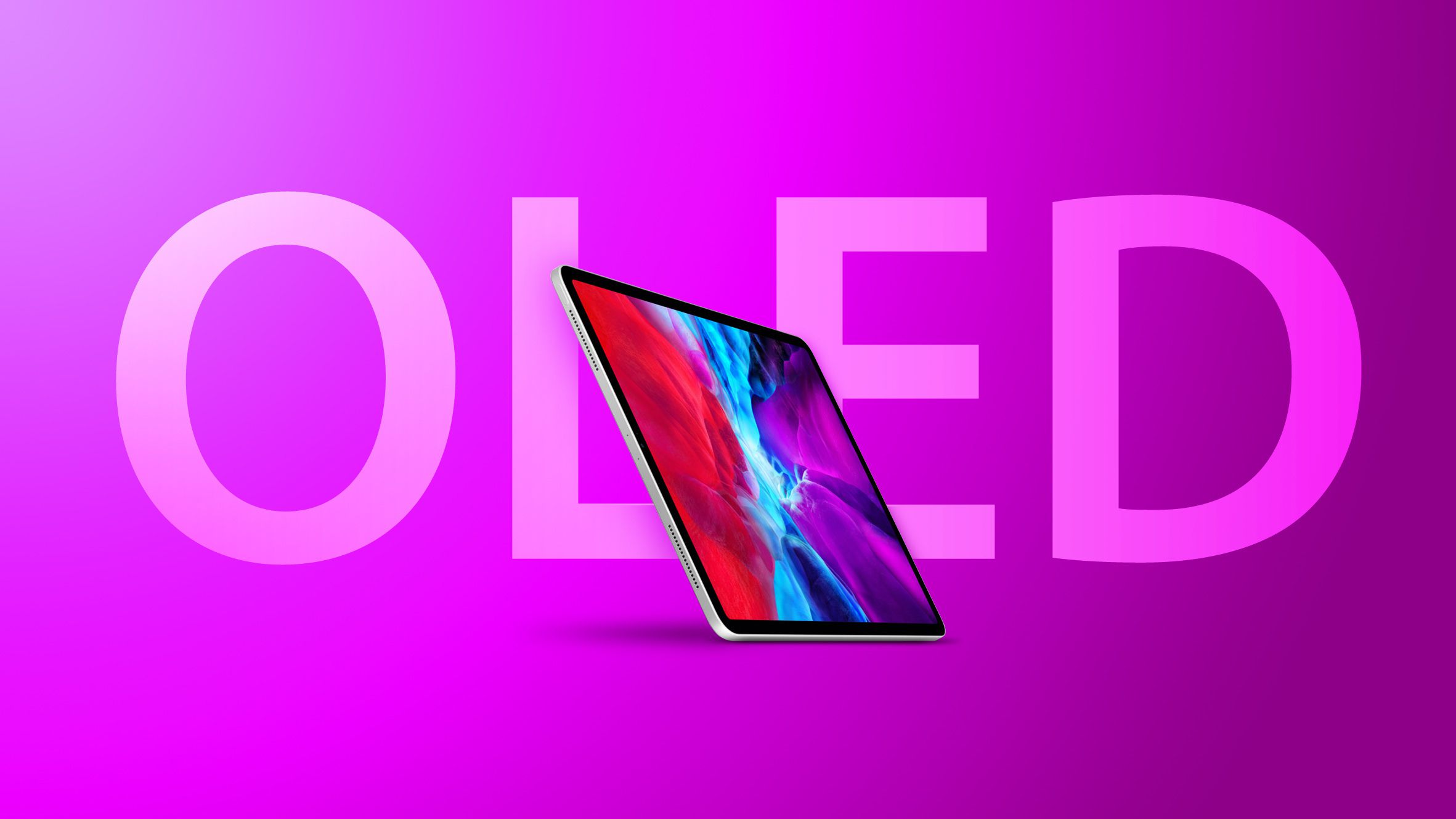Please explain in further detail.
OLED is organic, therefore it will always be more expensive than LED/LCD. It’s hard to work with because of this as well.
It has a lot of drawbacks as in it has burn in issues, it has color shift when viewed from the sides (LCD doesn’t have this glaring issue LCD gets a bit dimmer but the color does not shift from Off axis viewing), OLED also requires a higher resolution to get the same picture quality as LCD/LED which is actually why the iPhone X has a higher resolution screen than the iPhone 8 but doesn’t look any clearer.
Since OLED (at this time) uses pentile arrangement for the subpixels (it means the subpixels are arranged not in the regular Red Green Blue orientation but instead they’re arranged something like Red Green Blue Green Red Green Blue Green) — this means that in order to get the same clarity the overall resolution needs to be higher, which means that any “benefit” created from the OLED blacks to save battery power is destroyed because of the inherent higher resolution required for the same clarity. This is why apple chose around 720p for the iphone 11 since it has an LCD display And why the iphone 11 looks so great even compared to the iPhone X display (They both are about the same amount of subpixels per inch).
Because OLED uses this different arrangement it means higher resolution displays are actually not as high as they seem. In other words, a Mini LED screen that is 4K is going to be clearer than a OLED 4K screen with a pentile arrangement.
TL;DR
- OLED uses a different pixel arrangement which means that a 4K OLED screen does not have the same clarity as a 4K LCD display.
- OLED cannot get as bright as an LCD which means the contrast ratio is not as good as the upcoming Micro-LED displays since they can get brighter but also have perfect blacks.
- OLED has color shift when viewed off axis LCD only gets slightly dimmer off axis instead.
- OLED has burn in issues because it is organic which also increases the cost!


